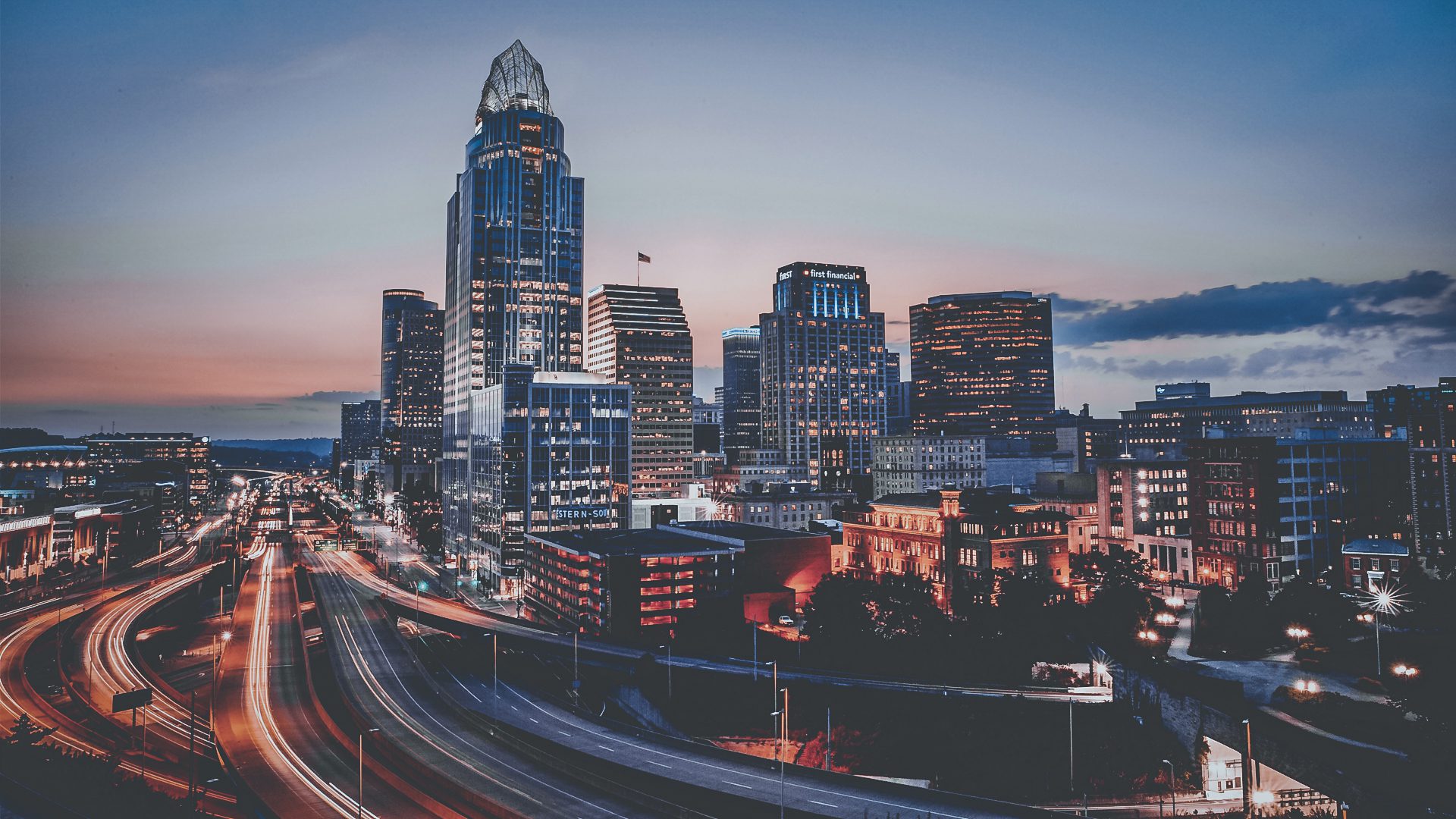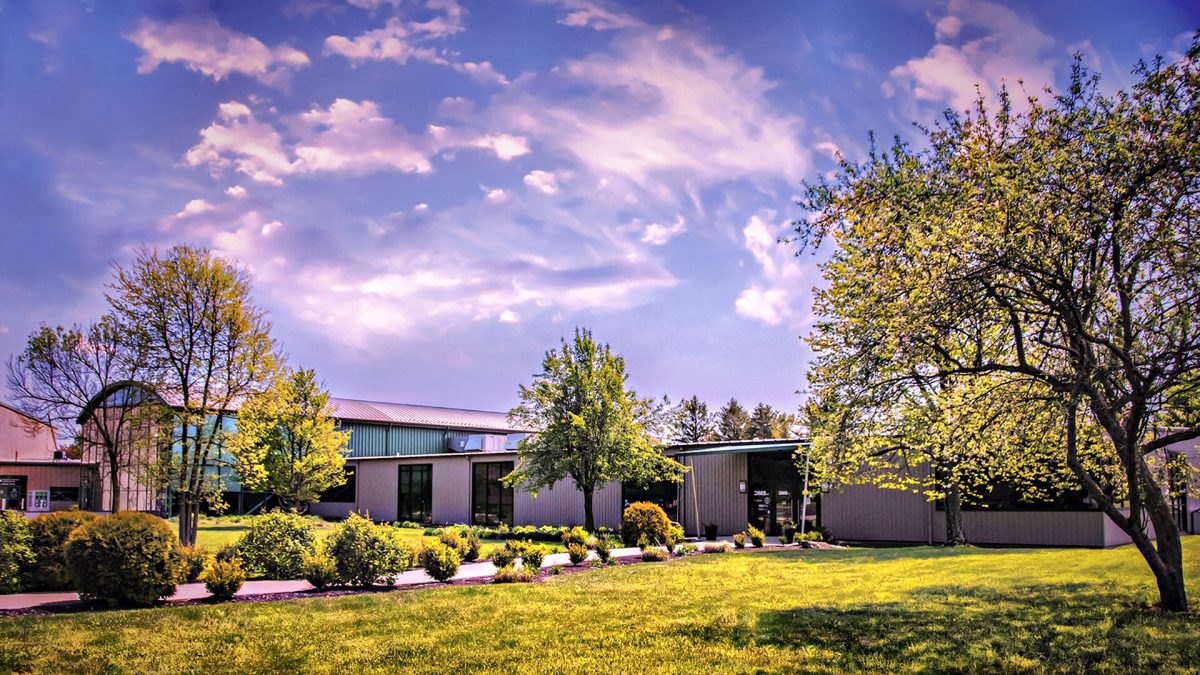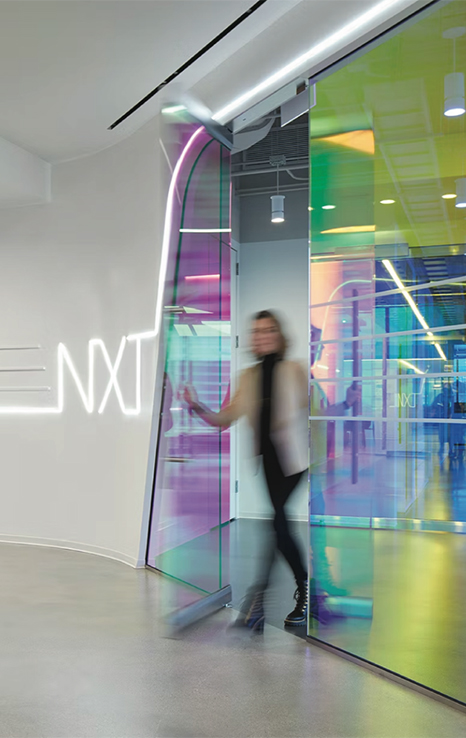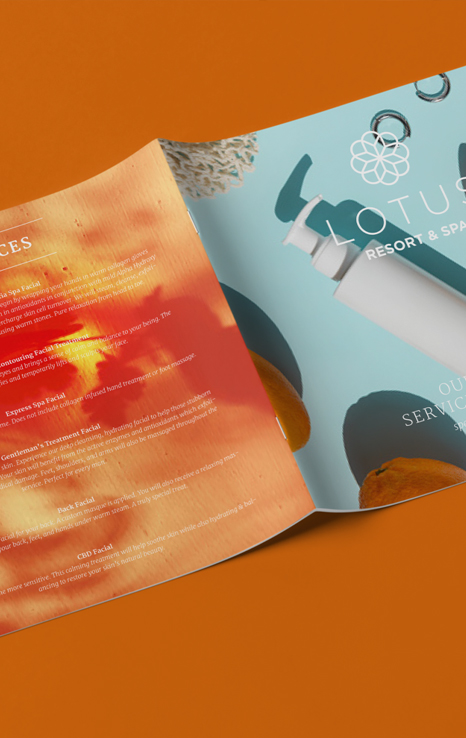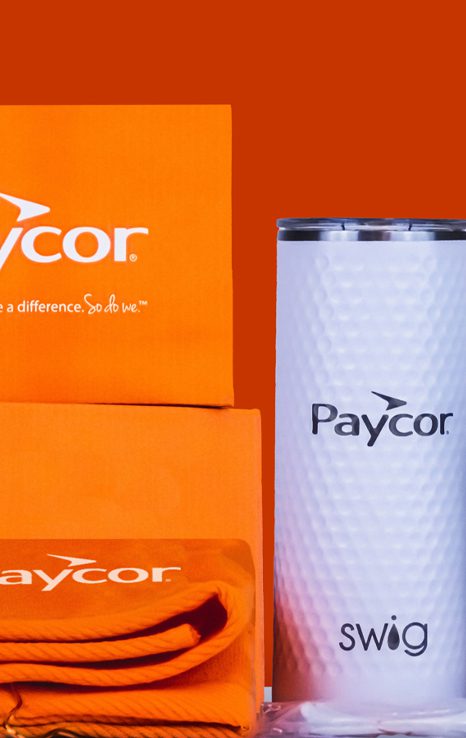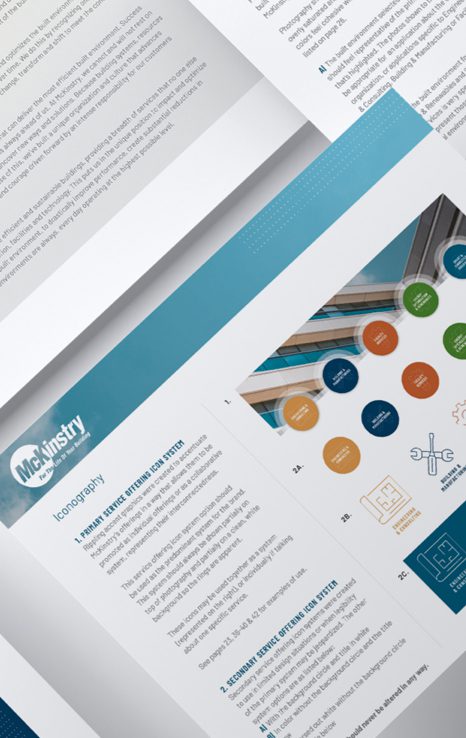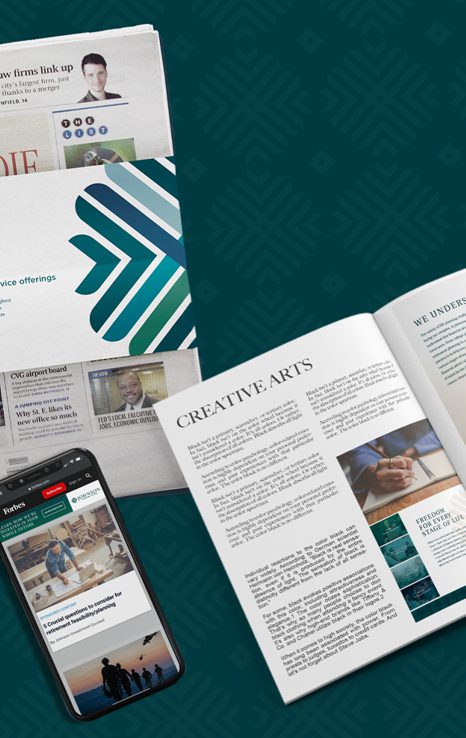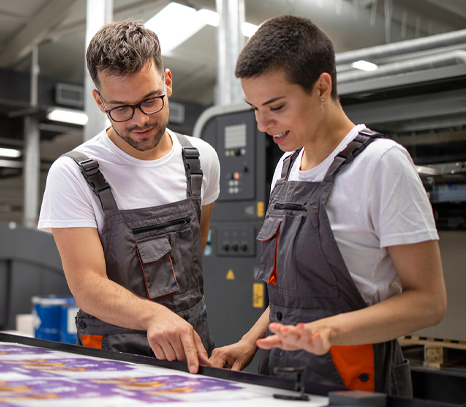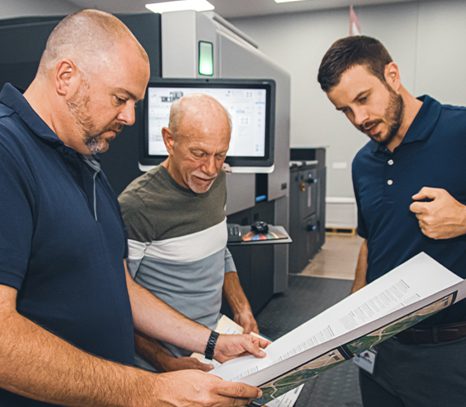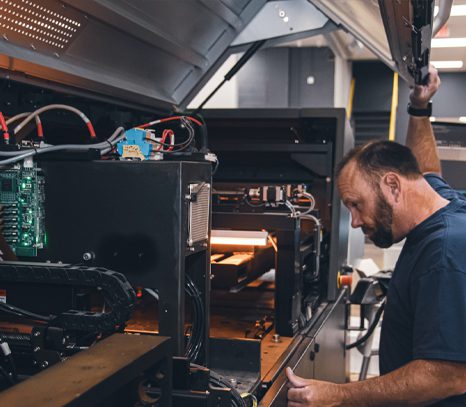Why Creative Cities are essential, and how attracting talent and amplifying urbanism via imagination and implementation transformed the Queen City into one
The creative city is a 21st century phenomenon which is directly related to the regeneration of cities as a new planning paradigm for urban innovation. The concept was initially developed by Australian businessman and academic David Yencken in a 1988 article called ‘The Creative City.’ In it, he argued that while cities must be efficiently planned, a ‘Creative City’ must also be one that is committed to fostering a strong, creative ecosystem in order to implement emotionally satisfying places and experiences for its citizens to thrive and grow.
Becoming a movement, the creative city was soon seen as aspirational – a clarion call to encourage open-mindedness, imagination and vision in expounding upon the best ideas of what a city could be. The creative city philosophy asserts that there’s always more creative potential in a place – that conditions should be generated for people to think, plan and act with increasing imagination in order to creatively harness opportunities for the betterment of people, society and urbanism.
Talent is essential, therefore a creative city must identify, nurture and sustain talent in order to mobilize creative ideas and influence organizations. This “built” environment is crucial to establishing an animated urban fabric conducive to providing the necessary combination of infrastructures to generate a flow of innovative ideas – thus attracting and retaining creative talent. Additionally, by encouraging the use of imagination within public, private and community spaces, an ideas bank of innovations and potential solutions to any problem can be cultivated.
The popularity of the creative city in the 21st century came about due to increased recognition that the world, along with its economic, social and cultural structures, was changing dramatically. Building upon Yencken’s philosophy, popular urbanist Richard Florida, in his 2002 book, ‘The Rise of the Creative Class,’ provided analysis to these ideas. He further concluded that economic development and an elevated city metabolism could be driven in large measure by lifestyle factors. Driving synergy, these factors include “tolerance, diversity, entertainment and other social infrastructures that cater to culturally progressive conditions.”
Founder of the Creative Class Group, Florida coined the term “creative class” to describe a group “whose work turns on the creation of new forms.” Comprised of “designers, engineers, managers, academics, musicians, researchers, entrepreneurs, lawyers, poets and programmers,” they make up about one-third of the U.S. workforce, collect half of all wages, and account for 70 percent of discretionary spending. Florida adds that “a city’s creative class population is a determining factor in how workplaces are organized, how companies prosper, and if a city will economically thrive, stagnate or decline.” (creativeclass.com)
In a 2017 article titled, “How Creatives are Remaking Cincinnati,” Cincinnati Magazine described the Queen City’s creative class as traditional artists and entrepreneurs in a wide variety of mediums – “musicians, fine artists, architects, designers, marketers, branders, makers, small business owners, tech startup-ers and independent food-and-beverage-ers.” Since then, pandemic aside, Cincinnati’s stalwart entrepreneurial scene, their robust filmmaking scene, their vibrant and tenacious dining scene and their innovative and transformative craft beer scene have all garnered not only nationwide attention among the national media, but by overall creative class talent as well.
Apropos to this, Richard Florida ranks Cincinnati among the fastest-growing creative class metros in the nation. With more Fortune 500 companies headquartered in the Greater Cincinnati region per capita than New York, Chicago, or LA, plus UC’s preeminent design school, DAAP, and a menagerie of robust marketing, design and branding firms, Cincinnati has fostered a culture where creatives now represent a growing percentage of its total workforce. Florida further emphasizes the need to continually attract talent in order to succeed. By revitalizing its urban core, supporting startups, courting the film industry and embracing a more progressive cultural environment, Cincinnati has done just that.



